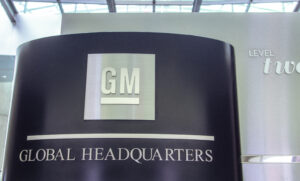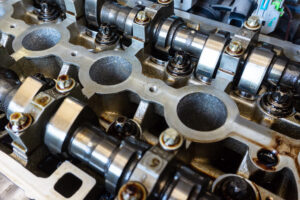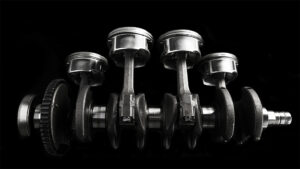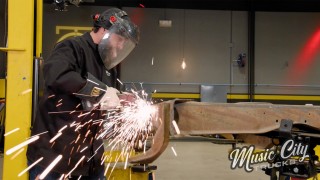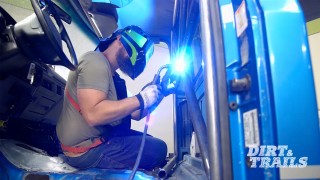Ford 302 vs. Chevy 305: The Small Block Engine Showdown
In the world of performance engines, one debate seems to never fade—Ford’s 302 versus Chevy’s 305. These two small blocks have sparked countless arguments, with fans from both camps passionately defending their engine of choice. Pat and Frankie of PowerNation’s Engine Power put real data behind the debate by taking a hands-on approach and testing these engines head-to-head.
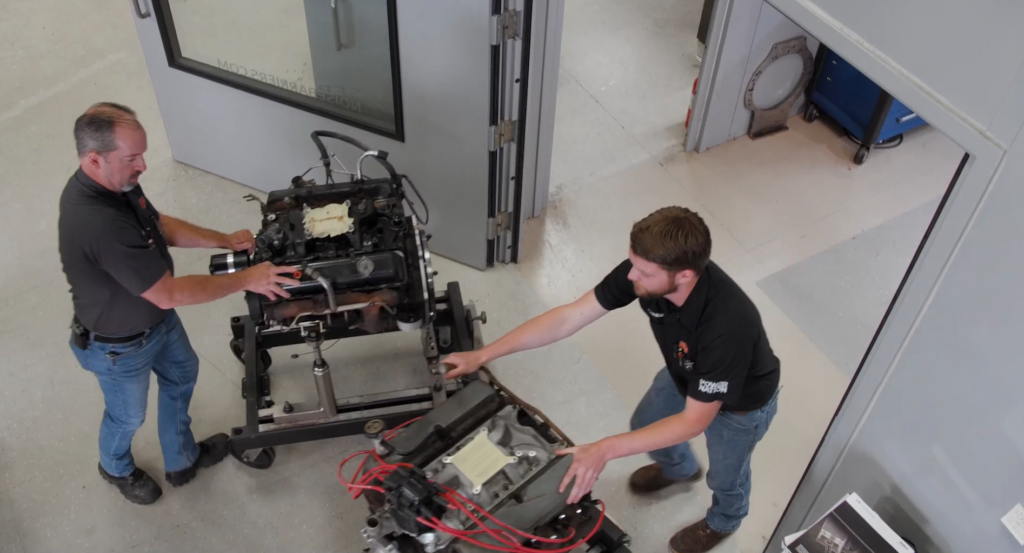
Table of Contents
Baseline Setup: Stock for Stock
For a starting comparison, we found two running takeout engines. Our Ford 302 came from a 1990 model Mustang as a factory roller with a completely stock setup, save for a modest upgrade in the form of a Weiand Street Warrior four-barrel dual-plane manifold. The Chevy 305, sourced from a 1984 car, featured a flat tappet setup with a similar aftermarket intake already installed. The goal was to get them running on the dyno to find out where each engine started on power, before giving them mild and affordable upgrades that were as similar as possible.
Pat and Frankie started both engines on the dyno with minimal additions— both receiving a matching HEI distributor, a new set of spark plugs, and using the exact same carburetor. The Ford 302 flexed its muscle early, putting down 303 lb-ft of torque and 251.6 horsepower. On the Chevy side, an old worn out set of valve springs induced some serious valve float around 4800, but the 305 still held its own on torque, delivering 301 lb-ft of torque and 209 horsepower. Right out of the gate, both power plants left a little to be desired, but the true test would be the difference in power when they have the same parts upgrades in each.
The Mods: Cam, Springs, and Intake Upgrades
Next, we took the 302 SBF and the 305 SBC into the modification stage. Each engine received nearly identical upgrades: a Comp Cams Extreme Energy camshaft, new valve springs, and a single-plane Edelbrock Torker II intake manifold. While the Chevy required a bit more work retrofitting it for a hydraulic roller cam, the Ford’s factory roller setup was a quick and easy swap.
The cams were selected to have as similar specs as possible, with both having durations at .050” lift of 218 degrees on the intake and 224 degrees on the exhaust. Both had lobe separation angles of 110 degrees and intake centerlines were set within a quarter degree at 105.5 for the Chevy and 105.25 for the Ford. The one minor difference between the two was the cams lift. The Chevy had .495” valve lift on the intake and .502” on the exhaust, while the Ford ran .514” valve lift on both. Despite these marginal variations, we aimed for similar upgrades to ensure a fair battle.
Engine Tear Downs and Reassembly
During the tear-down process, some interesting discoveries surfaced. Both engines had a significant amount of deposits and debris caked on the inside which is fairly common for higher mileage engines with insufficient maintenance. With more miles on it, the Chevy 305 showed significant wear in its valve springs, flat tappet camshaft and lifters, while the Ford 302 appeared to be in better shape overall.
After cleaning both the best we could without fully disassembling the engines, we installed our upgraded camshafts, new lifters, new higher rate valve springs, the original rockers, and new pushrods with the correct length for the new setups in both. We also traded out our old Carter style carb for a new 650 CFM Edelbrock VRS-4150 and the HEI’s for a new FiTech Ready-To-Run ignition system in each. With the engines reassembled and prepped for the dyno, everything was in place for the final battle.
The Final Showdown
The results? Both engines produced nearly identical numbers on the dyno. The Ford 302 put down an impressive 302.2 horsepower and 328 lb-ft of torque, while the Chevy 305 made huge gains, matching the Ford’s output almost to the decimal with 302.7 horsepower and 328 lb-ft of torque. The Chevy narrowly missed the elusive one horsepower per cubic inch mark, but both engines delivered smooth power curves and reliable torque from 2500 to 6000 RPM.
While the debate between the Ford 302 and Chevy 305 will continue to fuel barstool conversations for years to come, these results show that with similar upgrades and conditions, when it comes to performance, it’s almost too close to call. Both engines proved their worth, delivering reliable, impressive power and torque to make the blue oval and bowtie emblems proud.
